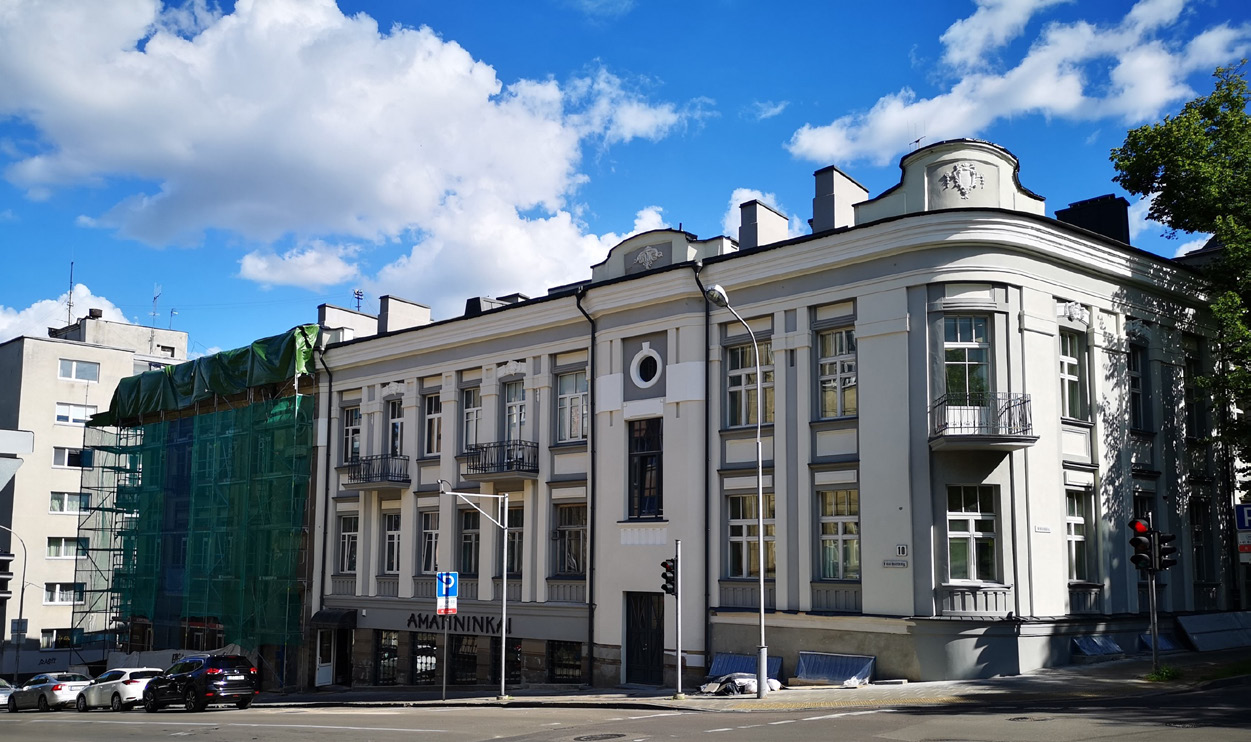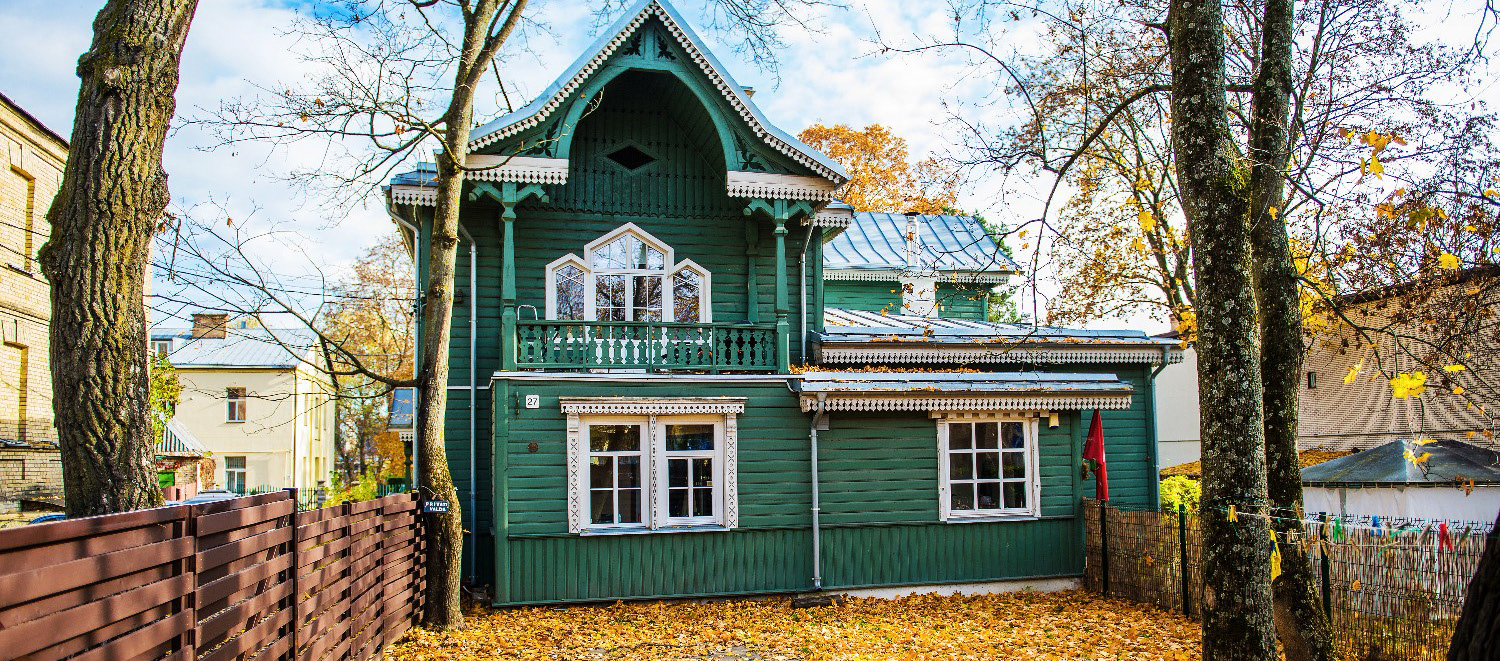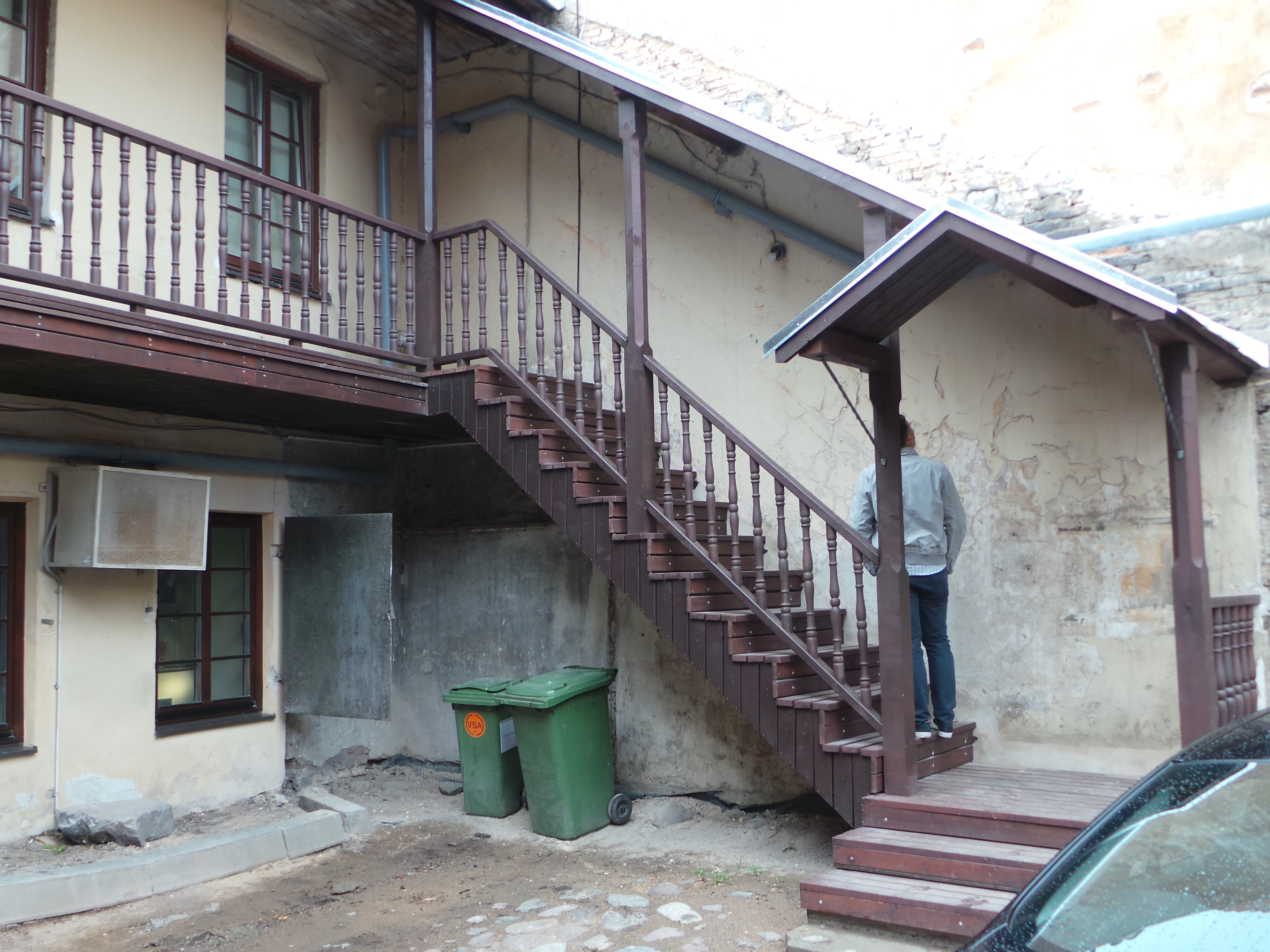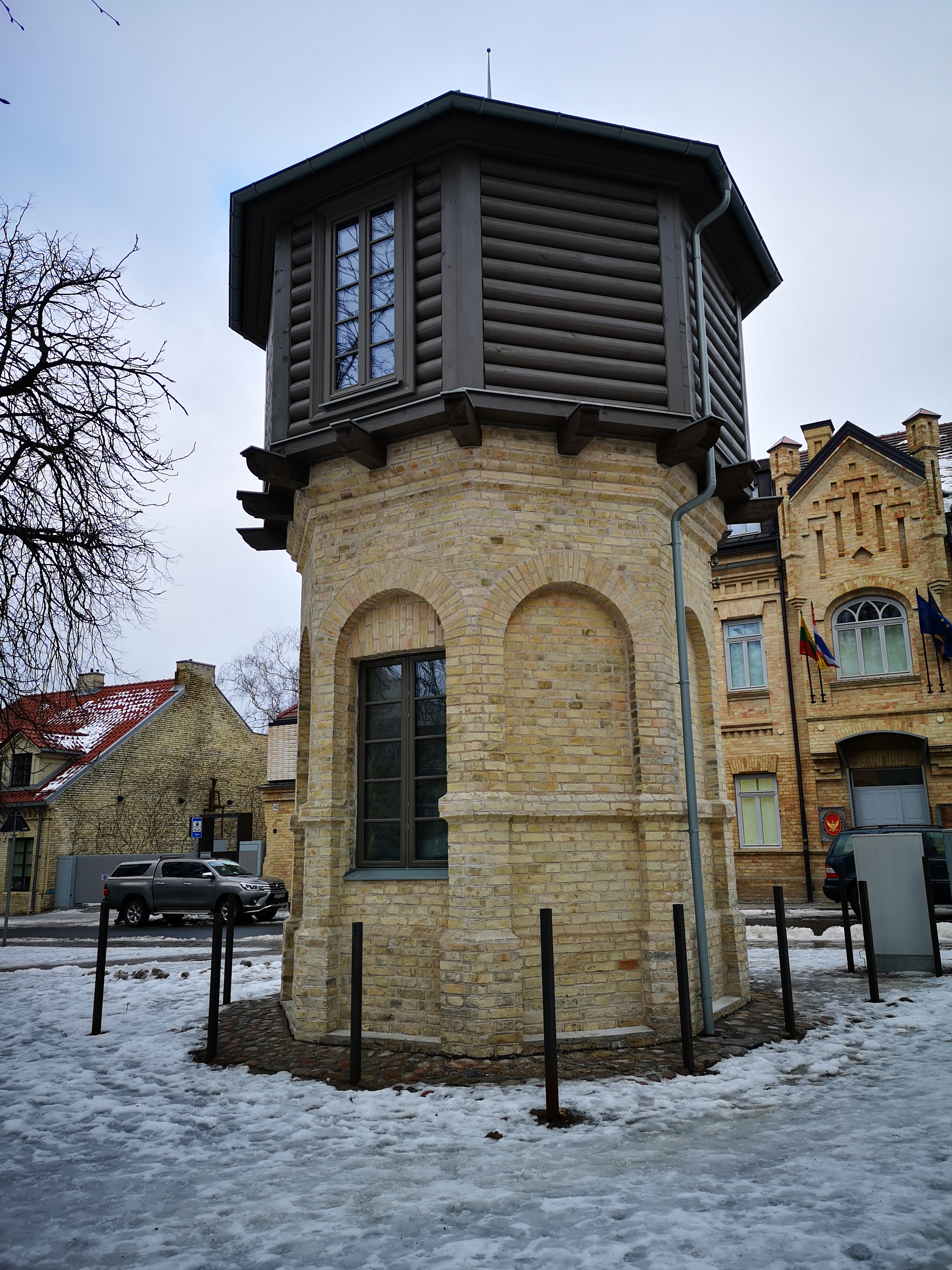Size and population development
The most recent estimates recorded by the Municipality in 2015 show the official population of Vilnius is 542,664 with a population of 1,392 people per km2. Vilnius’ population has risen and fallen multiple times, destruction and fatalities during wars have led to sharp declines, while an influx of refugees and student migration have led to increases. In the early 2000s, Vilnius experienced slight declines in its population, however, since 2013, the city has seen population increases of around 1%, indicating that the city may continue to see slow growth in the coming decade.
Population composition
At the time of the 2011 census, there were 128 different ethnicities recorded. This makes it the most diverse city in the country. The census found that 63.6% of the population is Lithuanian, 16.5% are Polish, 12% are Russian, and 8.6% were categorized as “other.” 49% of people who completed the census identified at Roman Catholic, 8.93% as Eastern Orthodox, 23.66% as no response/none/other and less than 1% each for Old Believers, Evangelical Lutheran, Evangelical Reformed, Sunni Muslim, Jewish, Greek Catholic and Karaites.
Main functions
Vilnius is the capital and largest city of Lithuania and the second largest city of the Baltic States. It is situated in south-eastern Lithuania at the confluence of the Vilnia and Neris Rivers and lies 312 km from the Baltic Sea and Klaipeda, the chief Lithuanian seaport. Vilnius covers an area of 402 square kilometres. Buildings occupy 29.1% of the city; green spaces occupy 68.8%; and waters occupy 2.1%. The city is known for the architecture in its Old Town, declared a UNESCO World Heritage Site in 1994.
Main industries / business
Vilnius is an important industrial centre, producing machine tools, agricultural machinery, electronic calculators and other electrical and electronic apparatus, textiles, clothing, and foodstuffs. More recently the city has become known for its growing renewable energies and biotechnologies sectors.
Sources for city budget
The City of Vilnius draws its budget for public expenditure largely from taxes, fees, fines and operating revenues.
Political structure
Vilnius is the seat of the main government institutions of Lithuania and the Vilnius District Municipality. The city is governed Vilnius City Municipality which was established in 1995. A 51-member council is elected to four-year terms; the candidates are nominated by registered political parties. As of the 2011 elections, independent candidates also were permitted. Commencing in 2015, mayors are now elected by the residents, prior to this, they were elected by the council. ________________________________________
Administrative structure
Vilnius City Municipality is one of 60 municipalities of Lithuania and includes the nearby town of Grigiškės, three villages, and some rural areas.
Website
http://www.vilnius.lt/index.php?992979069








